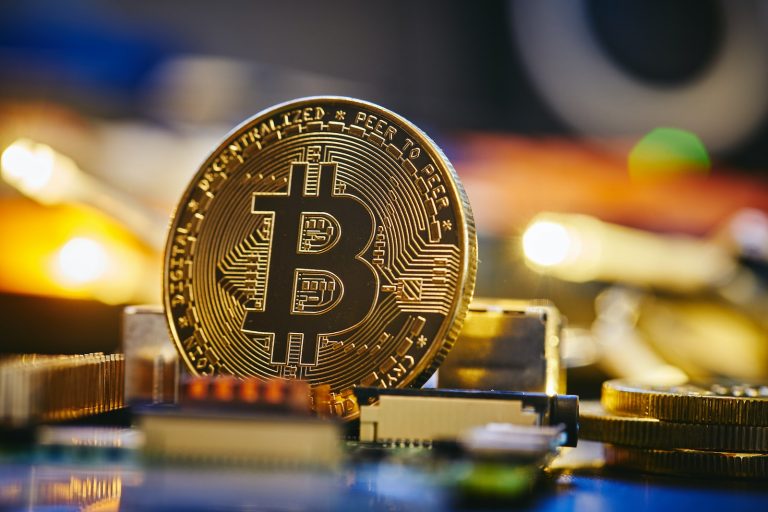In the ever-evolving world of cryptocurrencies, few innovations have garnered as much attention and intrigue as atomic swaps. These trustless exchanges allow users to trade directly from their wallets without relying on centralized intermediaries. But how did we arrive at this groundbreaking solution, and what role did Bitcoin, the progenitor of cryptocurrencies, play in its genesis? Let’s dive in. You can use the income you generate from excellent cryptocurrency exchanges like Altex Momentum App in various ways.
The Genesis of Atomic Swaps
Before the concept of atomic swaps emerged, crypto enthusiasts largely depended on centralized exchanges to trade between different cryptocurrencies. However, these exchanges often came with inherent risks: they could be hacked, they required users to give up control of their private keys, and they often came with high fees.
Enter atomic swaps. They emerged as a decentralized solution to allow peer-to-peer exchanges of one cryptocurrency for another without the need for a third party. The term “atomic” here implies that the swap either happens completely or doesn’t happen at all, ensuring no party is left at a disadvantage.
Bitcoin’s Role in Popularizing Atomic Swaps
Bitcoin, with its open-source and decentralized ethos, served as a fertile ground for early crypto innovations, including atomic swaps. The very first successful atomic swap took place between Bitcoin and Litecoin in September 2017. This historic event showcased the potential of a world where cryptocurrencies could seamlessly interoperate without centralized gatekeepers.
The Technical Mechanics Behind Atomic Swaps
At the heart of atomic swaps is the Hashed Time-Locked Contract (HTLC). This mechanism ensures that the two parties in the swap can exchange their respective coins securely. Here’s a simplified breakdown:
- Party A initiates the swap by creating a transaction locked with a cryptographic hash.
- Party B acknowledges this and creates a similar transaction.
- Party A completes the swap by revealing the cryptographic secret to unlock Party B’s transaction.
- Party B uses this secret to unlock Party A’s transaction.
In this process, if either party backs out before completion, the transactions are automatically reversed after a specified time, ensuring no one loses their funds.
Advantages of Atomic Swaps Over Traditional Exchange Methods
- Decentralization and Trustless Trading: The primary advantage is the elimination of third parties. You’re in control of your funds throughout the transaction, which reduces risks associated with hacks or exchange malpractices.
- Cost Efficiency: Without middlemen taking a cut, atomic swaps often result in lower fees compared to traditional exchanges.
- Privacy and Security: Transactions are direct between parties, offering more privacy. The cryptographic principles underpinning atomic swaps also enhance security.
Real-world Applications and Platforms Utilizing Atomic Swaps
As of 2022, several platforms have begun offering atomic swap capabilities. Decentralized exchange platforms, like Komodo’s AtomicDEX and Liquality, facilitate atomic swaps. Additionally, wallets such as Electrum and Atomic Wallet have integrated this functionality, allowing users to swap assets without moving them to exchanges.
Challenges and Limitations of Atomic Swaps
Despite the advantages, atomic swaps aren’t without challenges:
- Liquidity Issues: For a swap to occur, there needs to be someone else willing to swap the exact pair of currencies in the opposite direction. This can sometimes be hard to find.
- Technical Complexity: The atomic swap process, while secure, is more technically involved than simply trading on a centralized exchange.
- Limited Adoption: Not all cryptocurrencies support atomic swaps. Both participating chains must support the same hashing and contract functionalities.
Impact on the Broader Cryptocurrency Market
Atomic swaps, by their very nature, could drastically reshape the landscape of cryptocurrency trading. They might drive a move towards more decentralized trading patterns, reducing the dominance and relevance of centralized exchanges. If widely adopted, atomic swaps could lead to a more fluid, interoperable, and user-centric crypto ecosystem.
Atomic Swaps vs. Centralized Exchanges: A Comparative Analysis
Centralized exchanges, with their user-friendly interfaces and high liquidity, have been the dominant platform for crypto trades. However, they come with risks, such as potential hacks and the relinquishment of private keys.
On the other hand, atomic swaps prioritize security and user autonomy, but they come with their own challenges like lower liquidity and greater technical complexity.
The choice between the two boils down to individual priorities: Is ease and liquidity more important, or is the preference towards security and control?
Conclusion
The atomic age in cryptocurrency heralds a shift towards a decentralized and trustless financial ecosystem. As atomic swaps continue to evolve, enabling seamless interactions between cryptos provide valuable insights to help users better navigate and comprehend these groundbreaking developments. This evolution hints at a future where atomic swaps could be standard practice in the crypto domain.



0 Comments